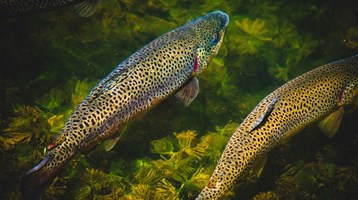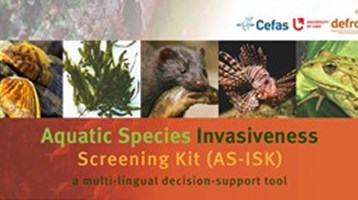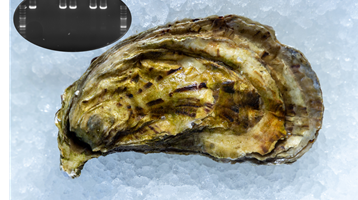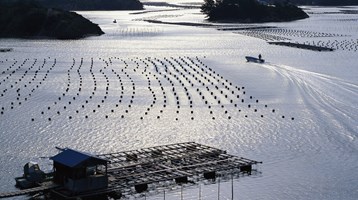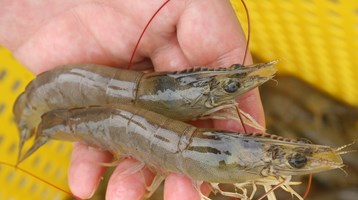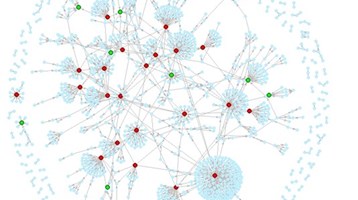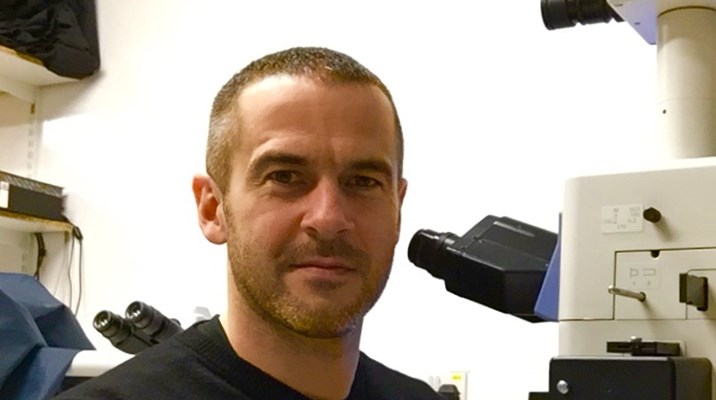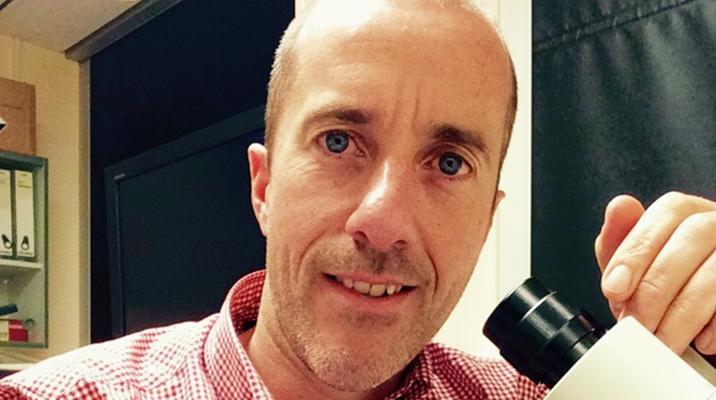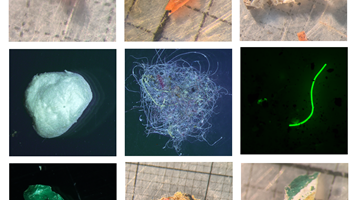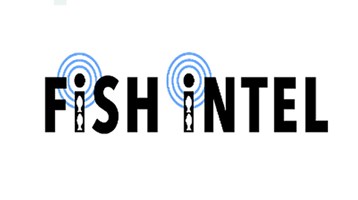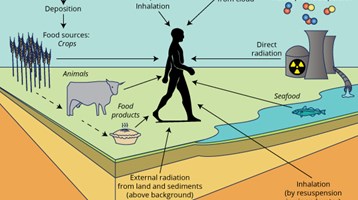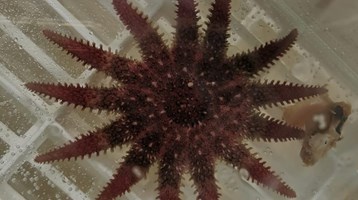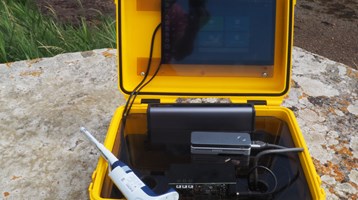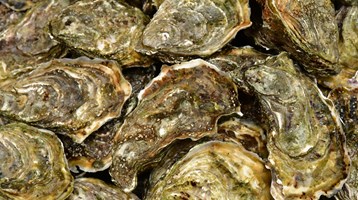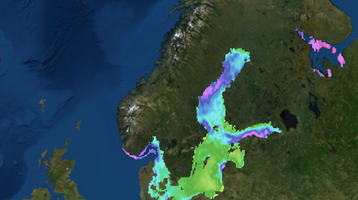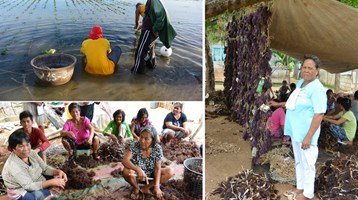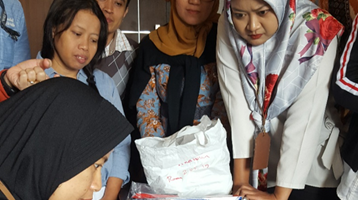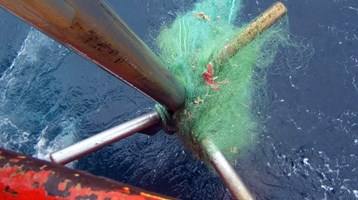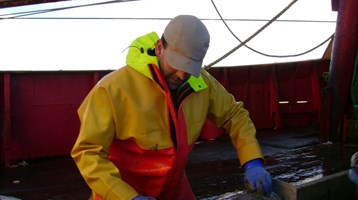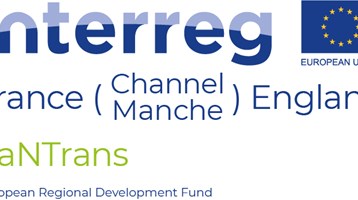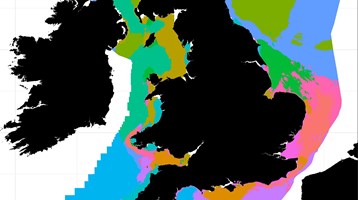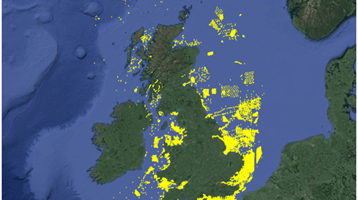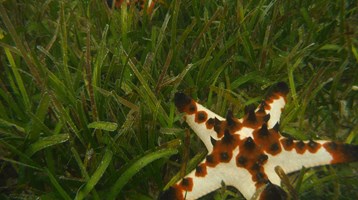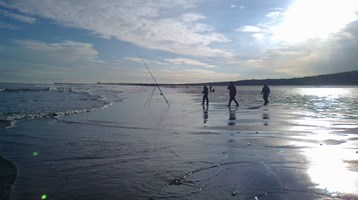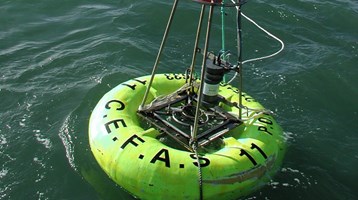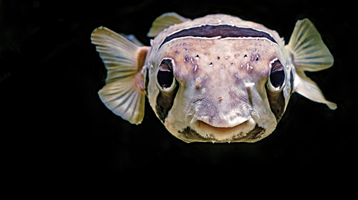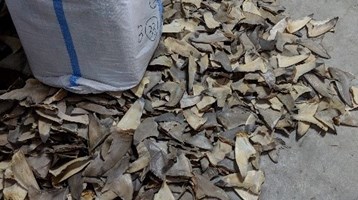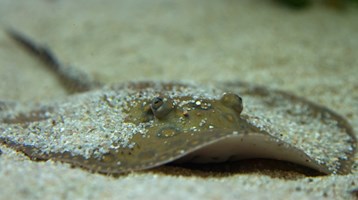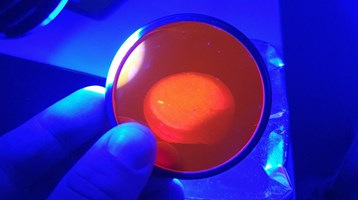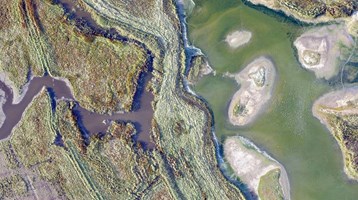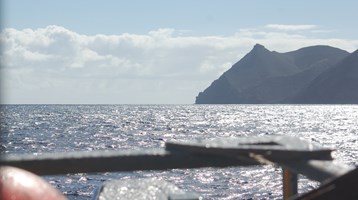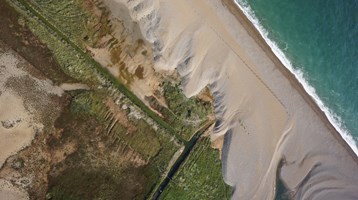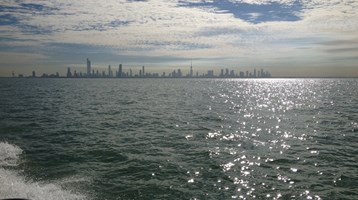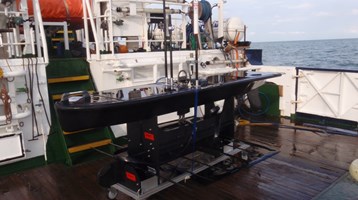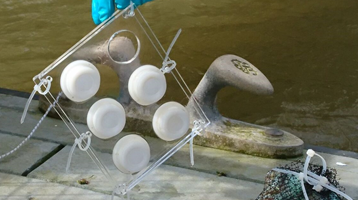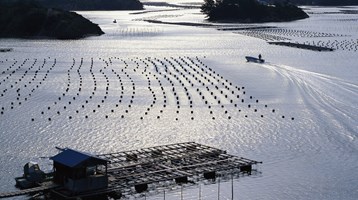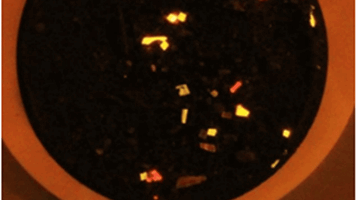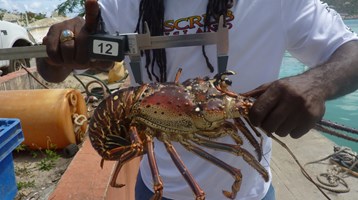Ornamental non-native fish species as vectors of disease
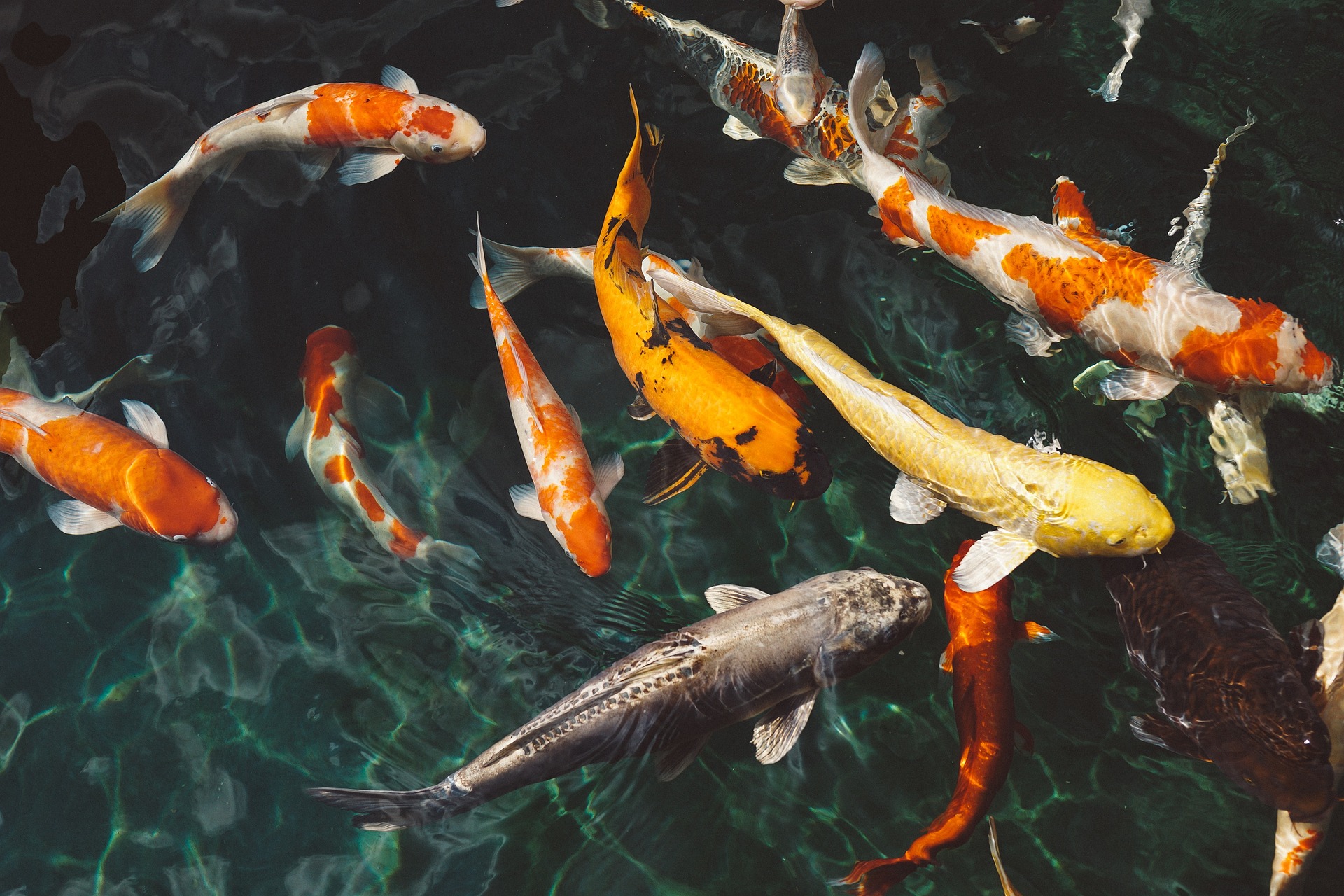
Ornamental fish keeping is a popular hobby in the UK. One hundred million fish are estimated to be kept across four million UK homes, making them the UK’s most populous pet species. Live ornamental fish imports into the UK were valued at £16.2 million in 2020, with the ornamental aquatic industry worth £400 million per annum to the UK retail economy.
While most keepers act responsibly, some may not be aware that actions such as keeping fish in ponds prone to flooding or releasing unwanted animals into the wild can have a negative impact on local biodiversity through the introduction of non-native species (NNS) and/or disease.
More specifically, introductions of ornamental NNS can drive disease emergence by extending the geographic range of associated parasites and pathogens, and by facilitating host-switching via spill over (NNS introduces pathogen/parasite into native population) or spill back (NNS becomes a host for native pathogen/parasite) (Peeler et al. 2011).
For example, the introduction of Koi carp (Cyprinus carpio koi), an ornamental variety of common carp, into UK fisheries has resulted in outbreaks of the internationally recognised diseases Koi Herpes Virus (KHV) and Spring Viraemia of Carp (SVC) in UK fisheries, causing substantial mortalities in common carp (C. carpio carpio) and economic losses to the industry.
Improved data on ornamental species imports and a greater understanding of pathogens and parasites associated with imported ornamental NNS is crucial to managing risks to the UK ecosystems and native species the future.
Related to this article
Case studies
People
Further Reading


Working for a sustainable blue future
Our Science

